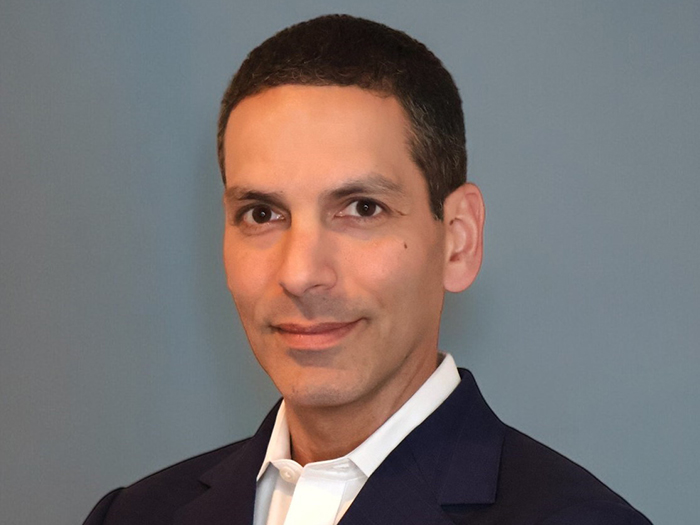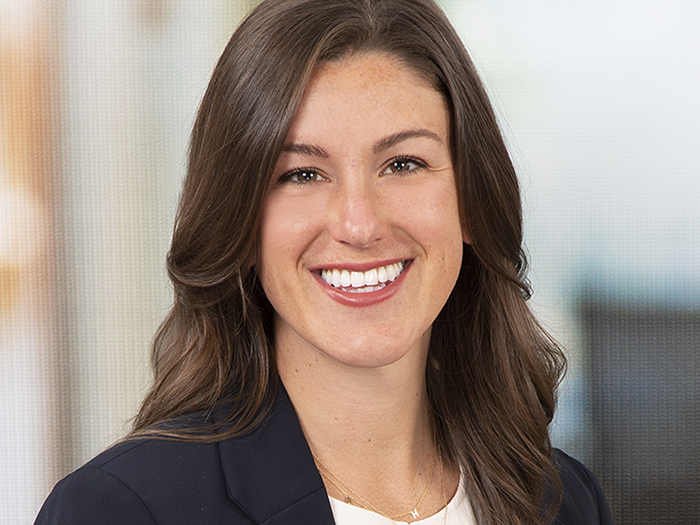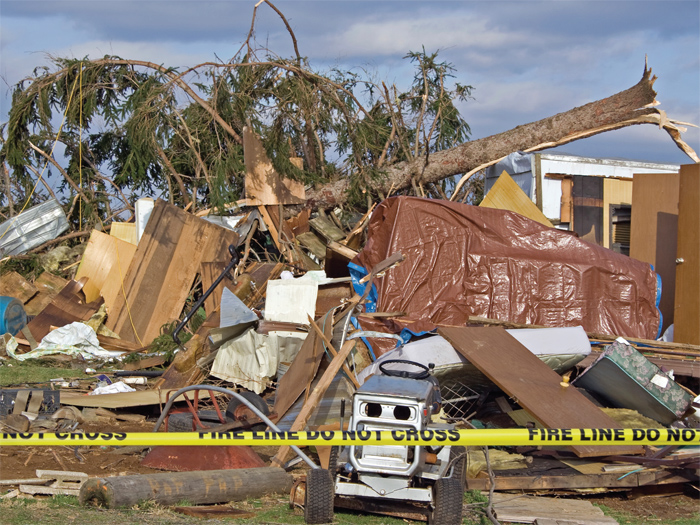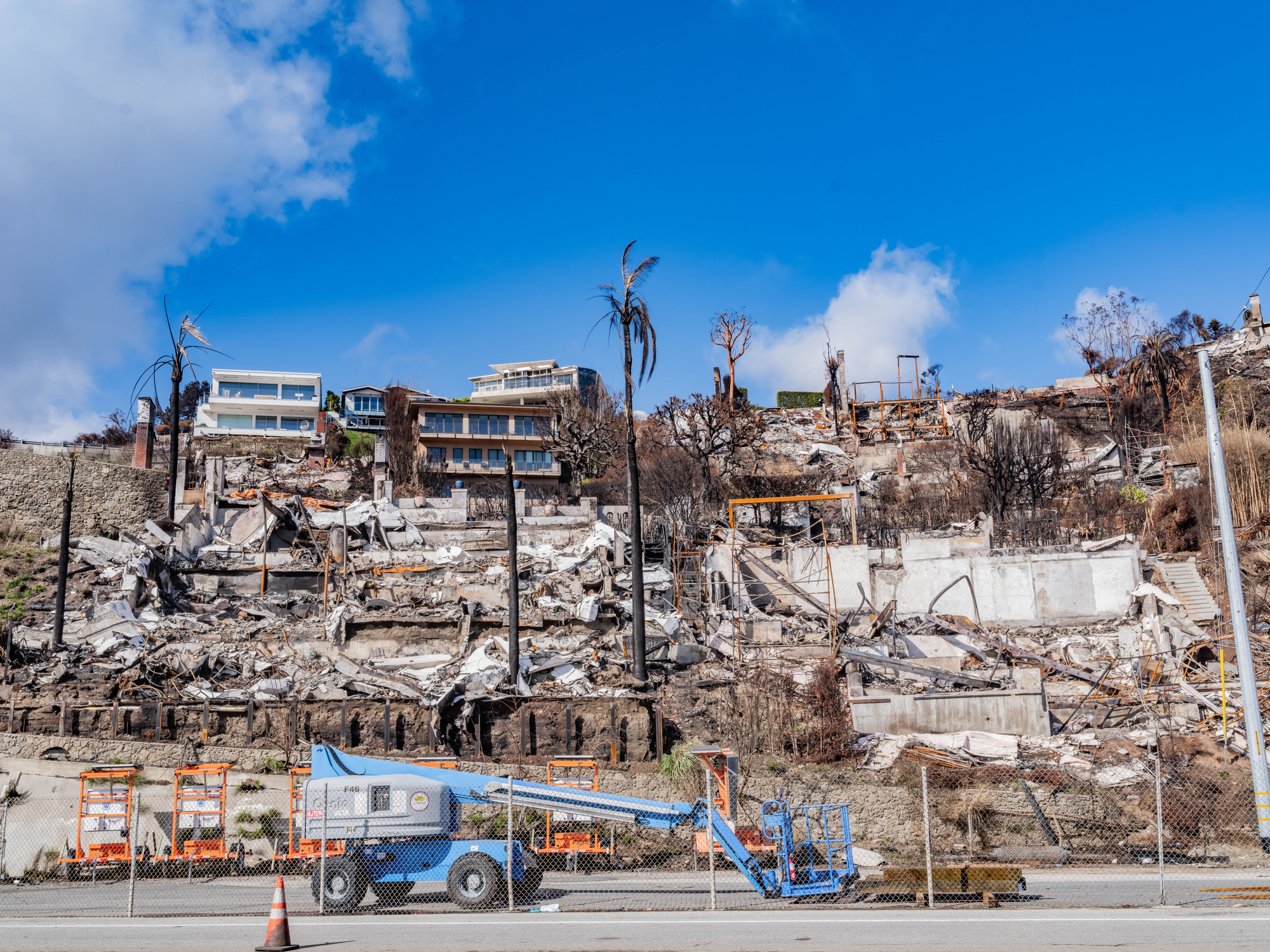Gallagher’s Martha Bane on the Macro Trends Sweeping the Property Insurance Market
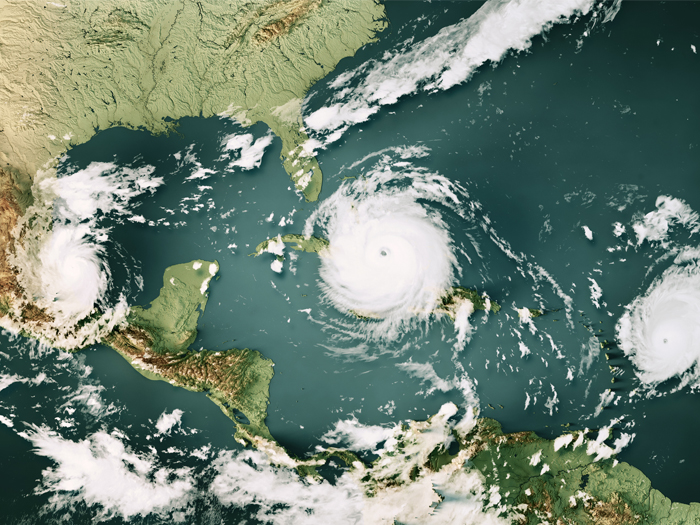
At RISKWORLD 2024 in San Diego, Risk & Insurance® sat down with Martha Bane, area executive VP, property practice leader, Arthur J. Gallagher, to discuss the latest trends in disaster modeling, insurers’ appetites, inflation, ESG and much more.
What follows is a transcript of that conversation, edited for length and clarity.
Risk & Insurance: What have you been focusing on recently in your role as property practice leader at Gallagher?
Martha Bane: One of my primary focus areas is cultivating market relationships to ensure we are connected with the right markets for our clients. At Gallagher, we are also making substantial investments in data analytics, education and technology to drive informed decision-making.
We leverage these tools to equip our teams with state-of-the-art technology. As a former underwriter, I understand what information insurance carriers want to see, how data can affect how they view risk, and how data can make a difference to pricing and terms and conditions in the ever-changing world of property insurance.
R&I: What are the key macro trends you see in the market, and how do they relate to the challenges of the past few years?
MB: The property market has been challenging in recent years, and being unprepared for a market like last year would have been the worst possible position. Everything is modeled now, which wasn’t the case 20 years ago, when it was limited to earthquakes and hurricanes.
Now, modeling extends to severe convective storms, wildfires, political risk, strikes, civil commotion and even pandemics. As a result, the data we collect on behalf of our clients has increased massively. Twenty years ago, a property statement of values would have had 10 to 12 data points; today, this figure can exceed 100 data points.
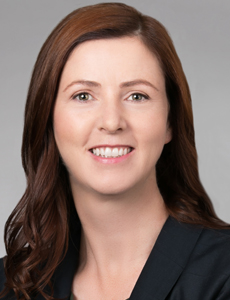
Martha Bane, area executive VP, property practice leader, Arthur J. Gallagher
This increased data collection is not just for the sake of it, but rather a response to increased reliance on models. It’s crucial to use this data articulate to our clients not only their exposure to various risks, as these events can have a material financial impact on their business, but also to help them understand their insurance needs based on their geographic footprint and relay that information to the markets.
Having all this knowledge going into the renewal process helps our clients make better-informed decisions, especially in a year like last year when capacity and coverages were restricted. It allows them to determine what they should buy versus what they can forgo.
R&I: How are secondary perils such as severe storms, convective storms and wildfires impacting the insurance industry, and what can be done to keep the situation manageable?
MB: Secondary perils, also known as lightly modeled or unmodeled perils, are gaining prominence in the insurance industry, highlighting the need for enhanced risk assessment and financial strategies. While the initial catastrophe models were developed for hurricanes and earthquakes, they have evolved to include secondary perils as these events have become more costly. Last year, severe convective storms accounted for two-thirds of the global loss dollars worldwide.
The impact of severe convective storms is particularly evident in property coverage personal lines and small to midsize businesses, where carriers are reducing capacity, increasing deductibles, and seeking to share the risk. It has become a major concern for carriers, as it is now the leading cause of losses.
We are also witnessing weather events occurring at unusual times. These unexpected weather patterns, are currently the significant loss drivers in the insurance industry. Addressing these challenges will require a concerted effort from all stakeholders to develop effective risk management strategies and adapt to the changing climate.
R&I: How does the property insurance market’s capacity compare to earlier this year?
MB: The insurance capacity landscape has shifted significantly compared to even March of this year. While there were discussions of increased capacity in March, we’ve since gone through several major renewal dates. Across the board, carriers who are committed to client programs and want to maintain their relationships are offering more capacity.
The additional capacity is primarily coming from existing insurance carriers looking to grow, rather than new entrants. Last year, carriers benefited from rising market rates and increasing values, but this year, replacement cost values have remained relatively static, with only a 2 to 3% increase. As a result, carriers are not seeing premium increases driven by rising values, as clients made those corrections last year.
To achieve growth, carriers are deploying more capacity to clients they are comfortable with. This has been highly beneficial for our clients, as their partner markets are offering more capacity, which in turn drives competition and helps reduce pricing overall. Our clients are in a much better position compared to last year, when there was significant uncertainty about their ability to secure the limits they needed, which often resulted in an inability to obtain previously purchased limits.
Some clients made the decision to reduce their limits last year due to these challenges. We are now working on rebuilding those limits while being mindful of their budgets.
R&I: How is inflation impacting the insurance industry, particularly in terms of loss costs and replacement costs?
MB: Inflation can impact our industry in many different ways. We’re seeing loss costs continue to increase, which we hear a lot from our insurance carrier partners. Losses are still costing more, and inflation has an impact not just on property but also on casualty, such as social inflation.
Where we’re seeing inflation impact our clients is on the cost of replacement and construction values, even when you’re not following a catastrophe, just your everyday cost of rebuilds. However, when you have a catastrophe, demand surge can cause spikes in costs, and everything kind of changes.
R&I: Insurance has been making headlines recently, and the public is becoming more aware of issues like capacity shrinking in certain states or the Florida insurance crisis. As the media and public take more interest in the insurance industry, are there any misconceptions from people outside the industry that you would like to address?
MB: Insurance news has indeed become mainstream, as it’s now impacting people’s personal insurance. In the last couple of years, it has also become a C-suite concern due to the significant increase in costs.
Understanding what’s driving these decisions and what’s happening in the insurance industry is crucial. People are beginning to see the impact of large events on insurance costs and how climate change and geographic location can play a role.
A significant change we’ve observed is that even if you’re in the Midwest, not exposed to any major catastrophes, your insurance cost is still going up. Educating people about why we’re in a global market is essential, as it’s no longer just a local issue but a global one.
R&I: How has the increased focus on insurance costs as a percentage of operating expenses affected C-suite attention on risk management? Has ESG also played a role in influencing investment decisions based on potential risks?
MB: Insurance costs have become a significant driver of operating expenses for most clients, which is leading to heightened C-suite attention on these metrics. The increase in these costs has been substantial, making it a primary focus for top executives.
ESG remains a key consideration for many clients as well. They are starting to evaluate the viability of investing in areas where insurance costs are exceptionally high or where there is a greater likelihood of multiple events that could disrupt business operations.
R&I: Where do you see the property insurance industry most underprepared? What potential threat are we not ready for?
MB: The immediate threat we’re facing is the upcoming hurricane season and the shift from El Niño to La Niña. This is very much on everyone’s minds because we’re in a more favorable property market right now, and that could change instantaneously if such an event were to happen.
In the long term, consistency of capacity and cost are very important for our clients. No one likes the market we experienced last year. We’d prefer a more sustained, sustainable and viable market with greater predictability. However, that will depend on what happens in the next couple of months.
Helping clients make better data-driven decisions to prepare for potential losses is beneficial for both the clients and the insurance carriers. No one wants to experience a loss, and when it does occur, it can be very costly for our clients, especially with the higher deductibles that they end up absorbing as common as they are nowadays.
The more that clients can predict the potential impact of a loss, the better prepared they can be. This preparation not only helps mitigate the financial impact on the client but also reduces the likelihood of a claim being filed with the insurance company.
By working proactively with clients to identify and manage potential risks, we can help create a more stable and sustainable business environment for all parties involved.
R&I: What is a success story in the property insurance sector that could emulated elsewhere?
MB: I believe that relationships are crucial in the property insurance sector. Building and maintaining relationships with markets and ensuring that clients are connected with them is the most sustainable long-term strategy.
We firmly believe in this approach, and in leveraging data-driven insights, which is why we are here with our clients, meeting with the markets. Insurance is still a people-oriented business, and carriers want to get to know their clients personally and understand their business and risk strategy.
Despite all the technology available, face-to-face interactions remain essential in the insurance industry. This positive aspect of the business should be recognized and emulated in other sectors. &





